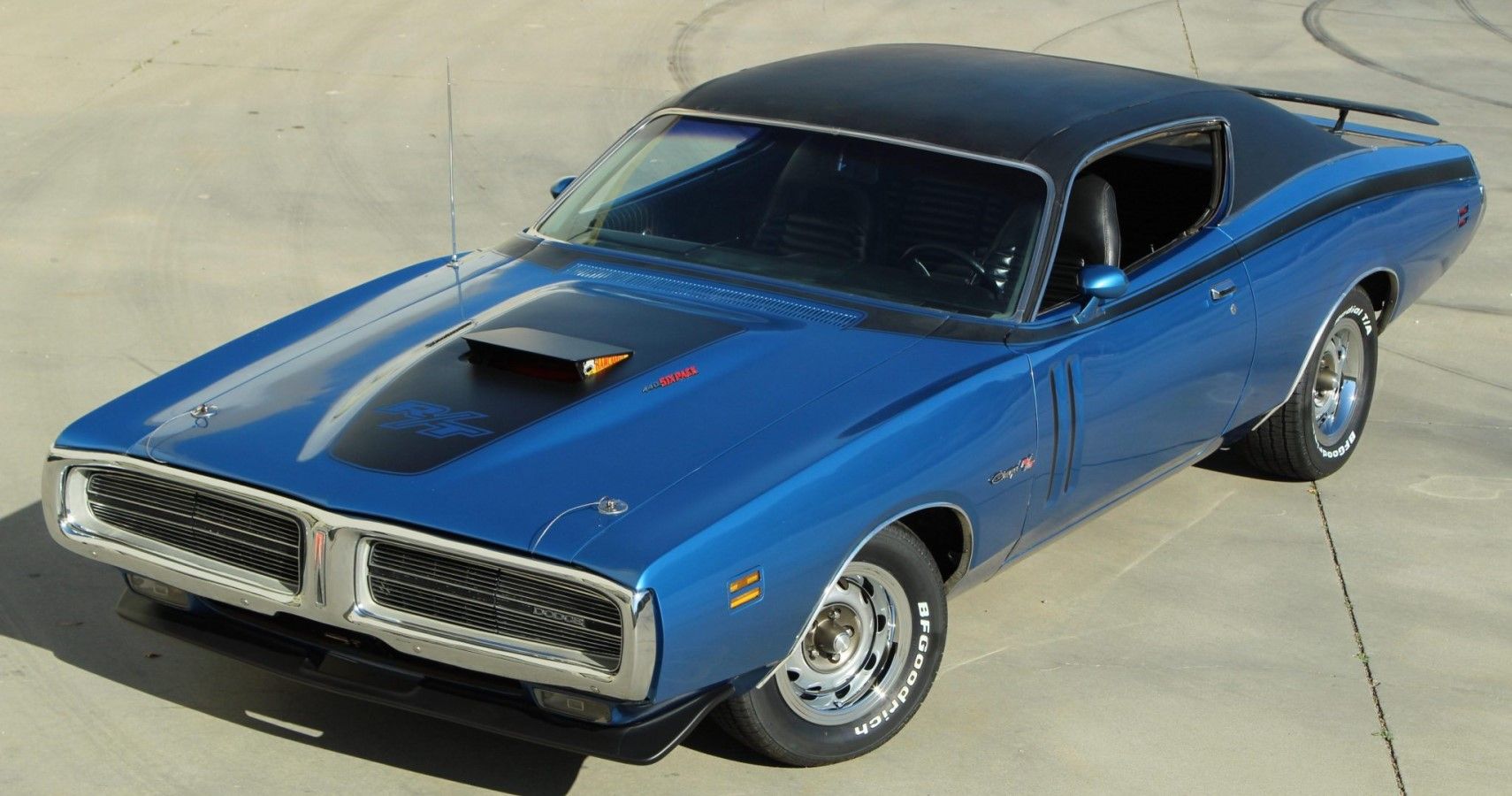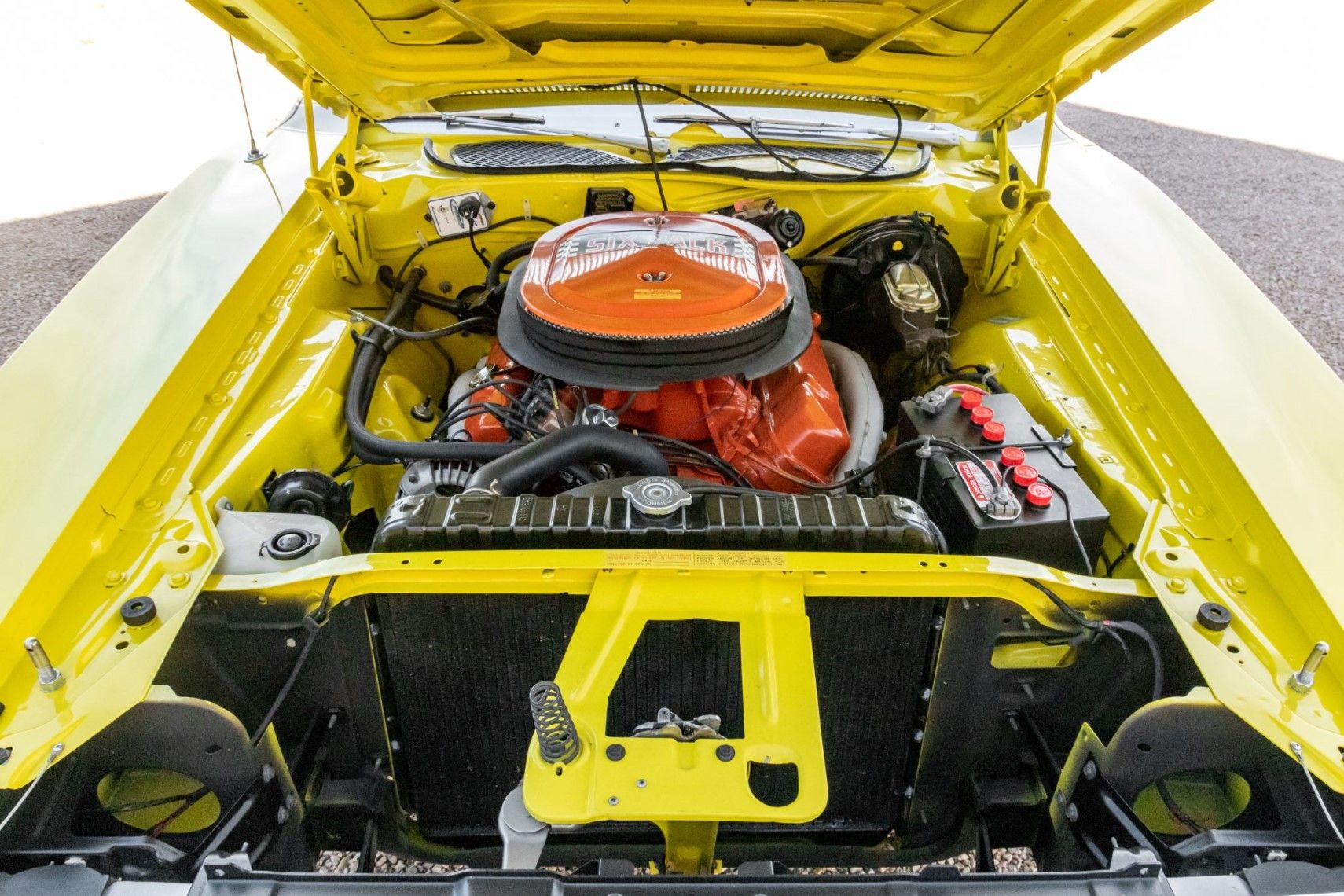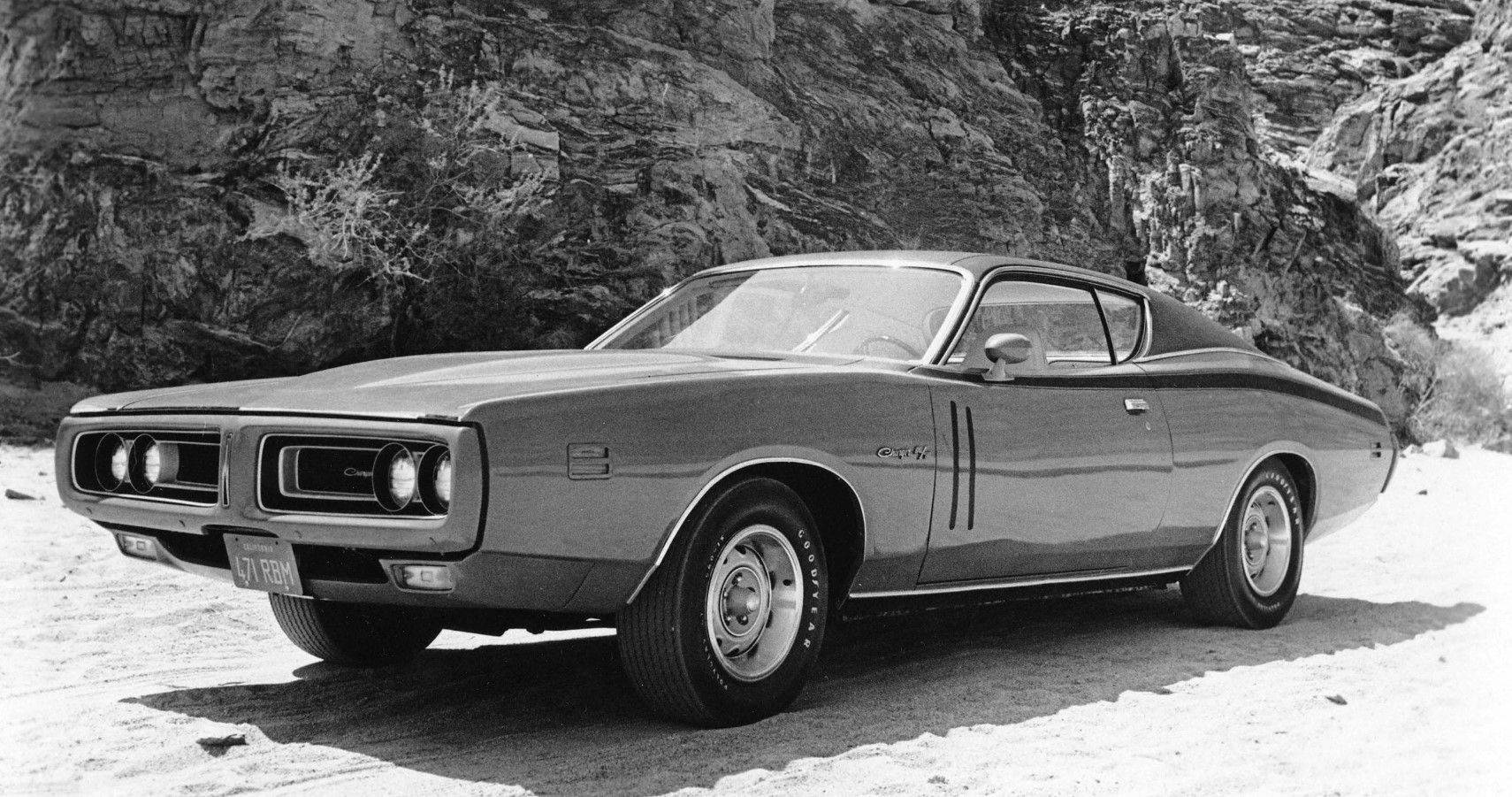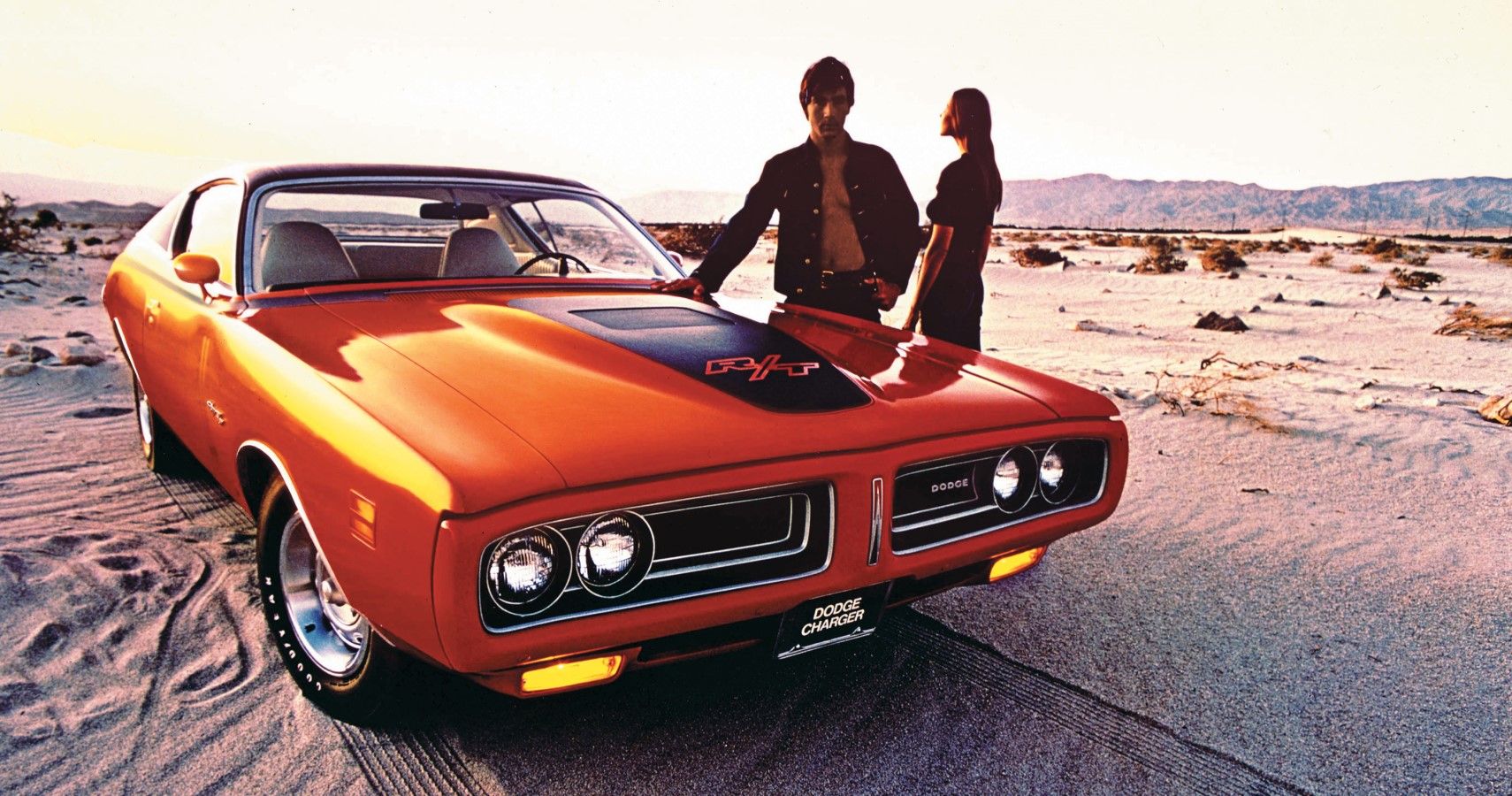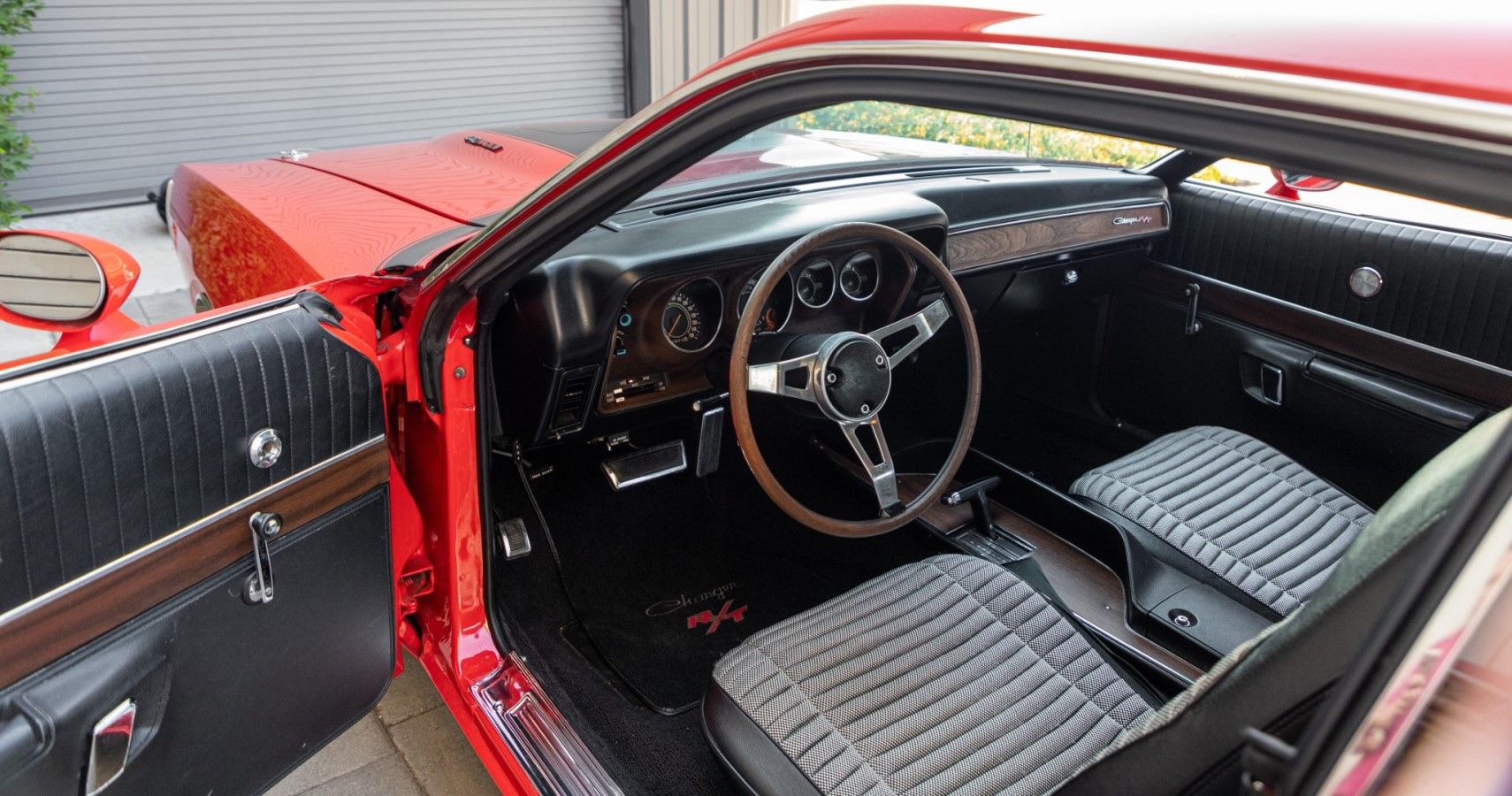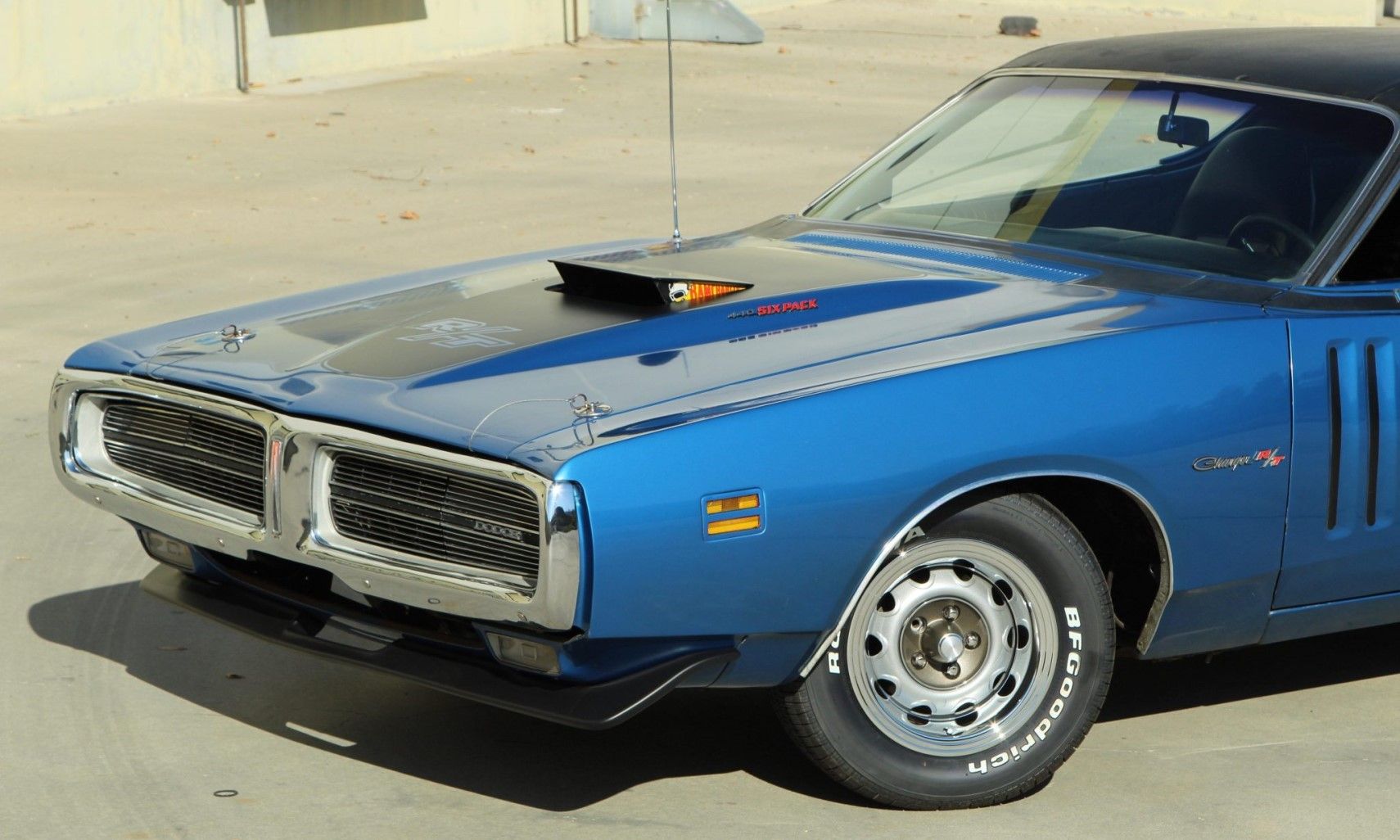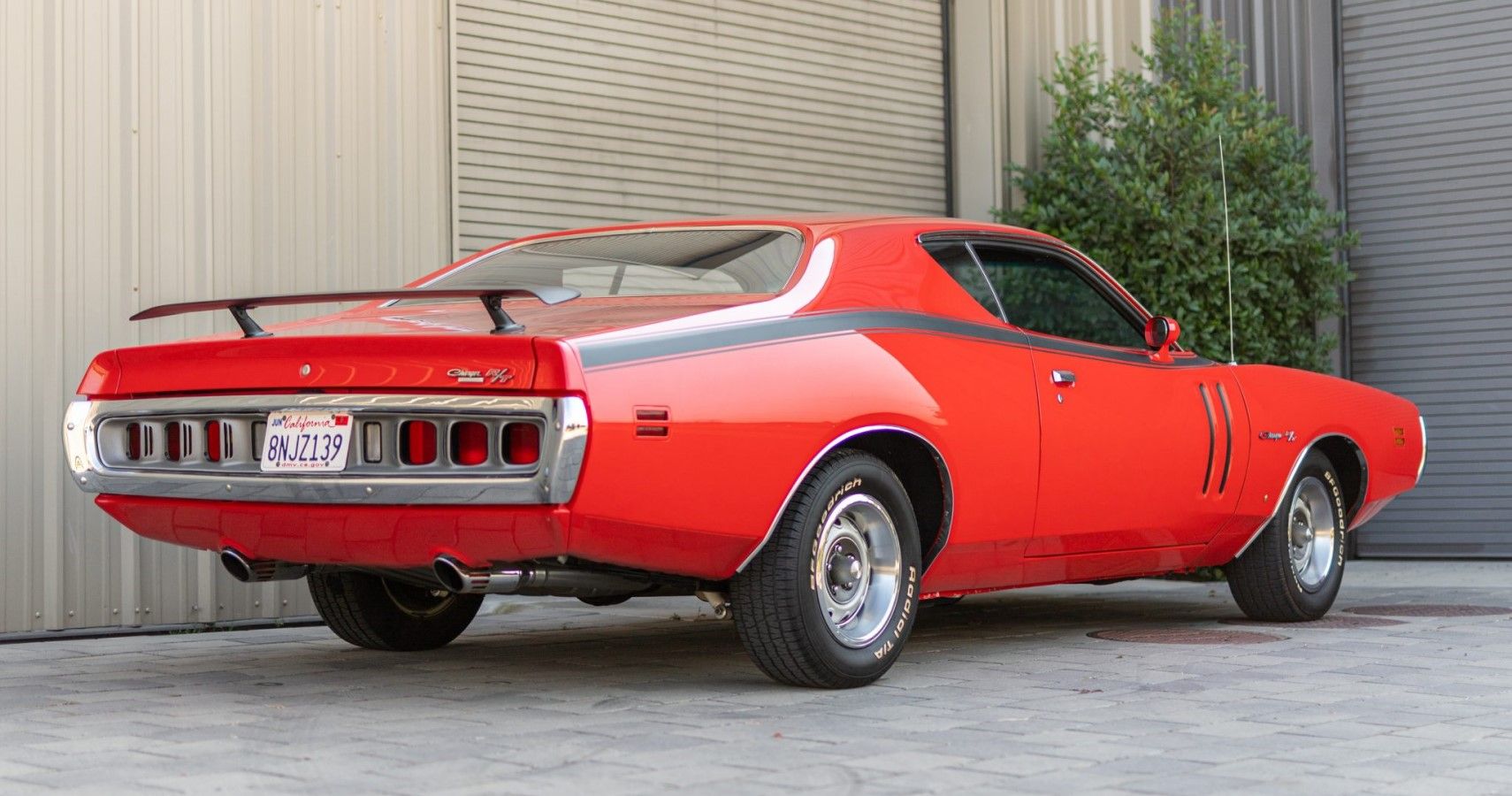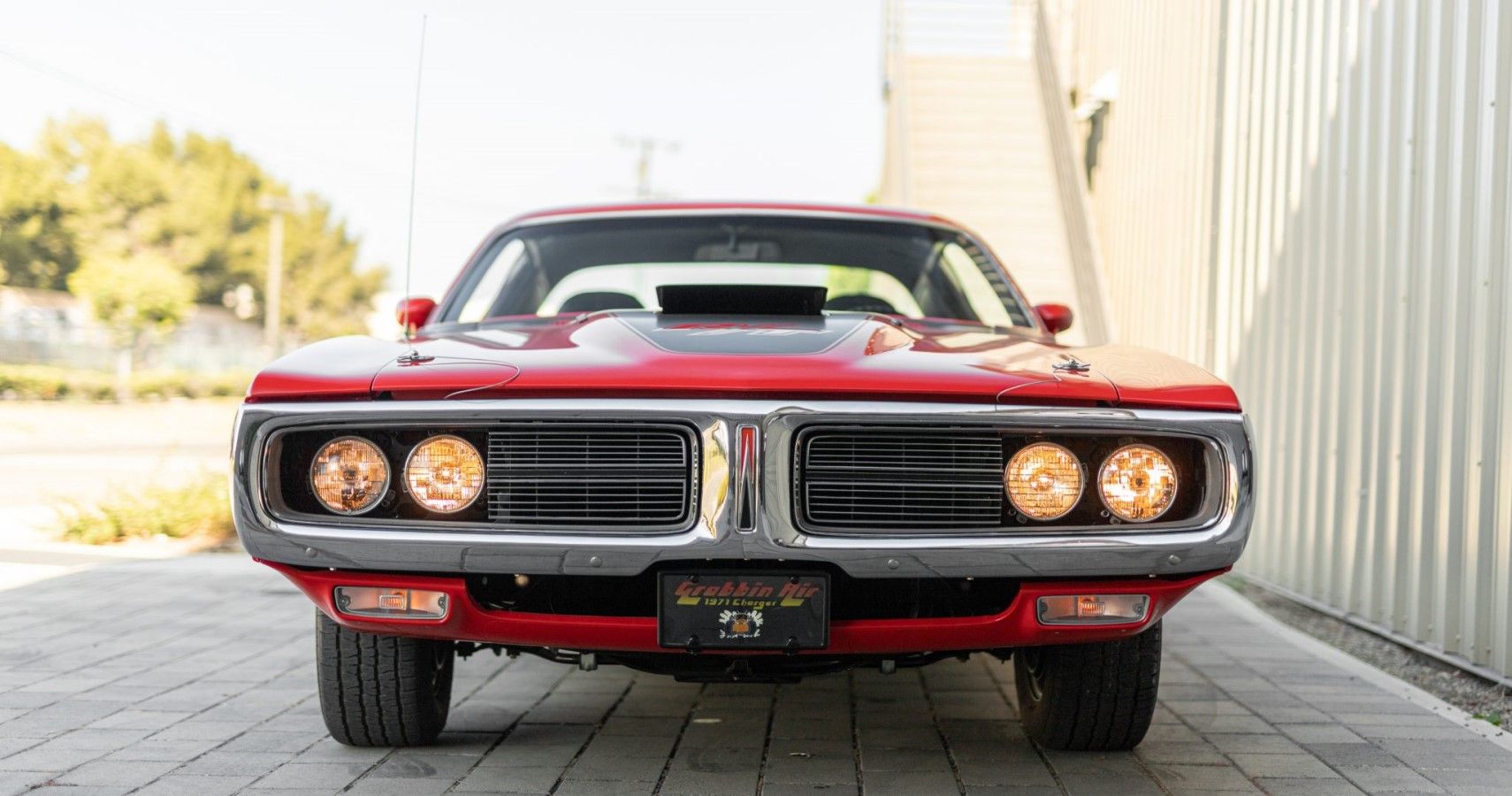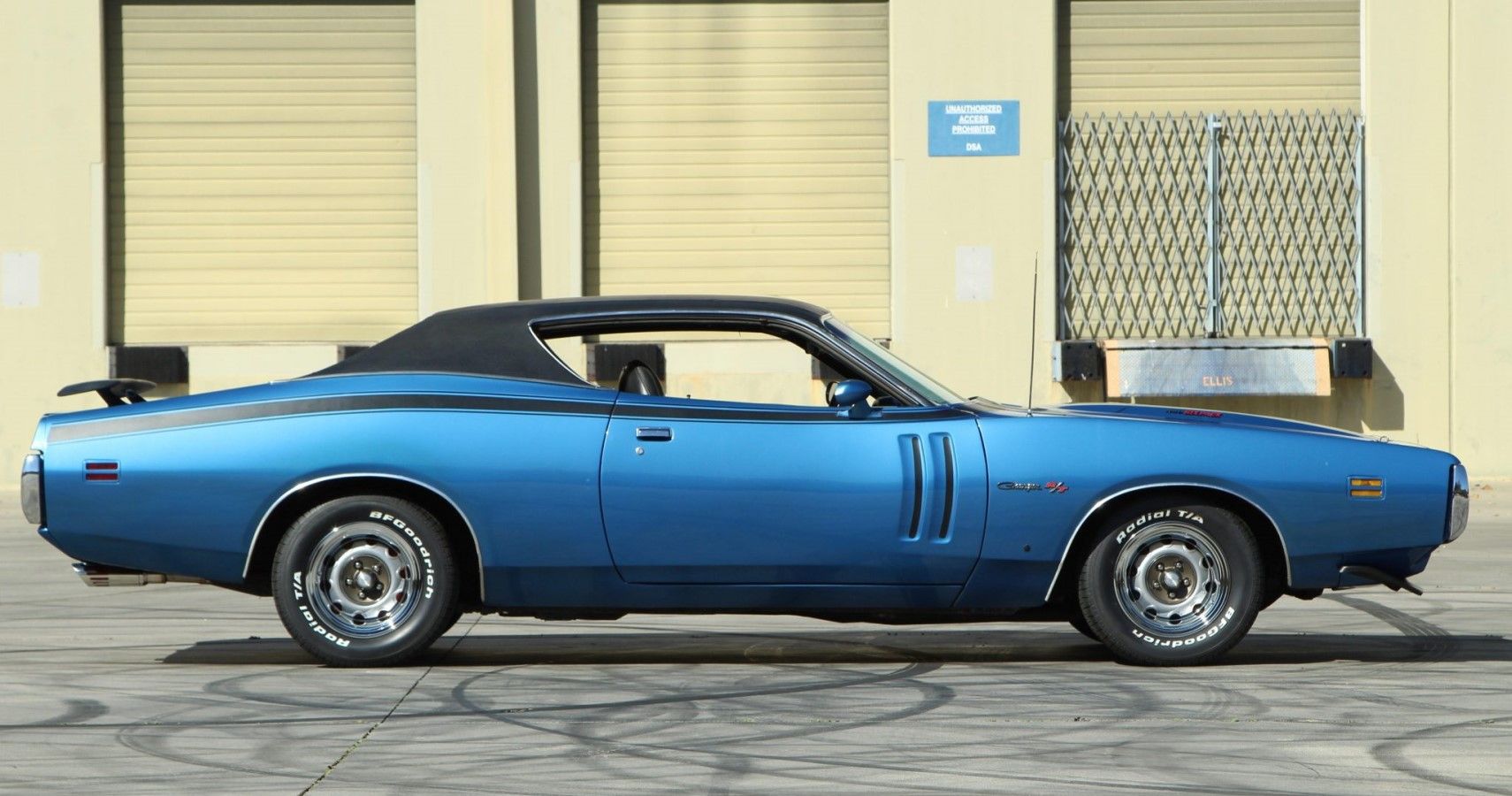Let's face it. Muscle cars are a dying breed. The advent of EVs didn't make that a surprise! But in times like these, we remember the good old days and forgotten muscle cars, that were not given the attention they deserved. The 1971 Dodge Charge R/T is one such car, and it was a short-lived vision of the future of muscle cars. The Charger jumped onto the bold third-generation guise with redesigned front fascia and a smoother form factor.
But the one sticking factor for which the '71 Charger R/T is getting back in the spotlight now is its unadulterated muscle car appeal. During the early 1970s, because of the impending dangers of recessions, major automakers were playing safe by shifting from brawny V8s to puny motors. But Dodge wasn't going to give it that fast. So, for one last time, they made a hairy-chested muscle car with the R/T.
When muscle cars were banking on fuel efficiency and tamed performance; the 1971 Dodge Charger R/T was the last hairy-chested car with 60s muscle spirit.
1971 Dodge Charger R/T Was The Only Third-Gen Model To Pack The HEMI Engine
There were four trims in offer for the 1971 Charger - base, 500, R/T, and the short-lived Super Bee package. The R/T and Super Bee were the absolute best when it came to sheer muscle. But because of the Bee's quick demise, R/T was hailed as the sole tire-smoker of this bunch. And one main reason for the R/T fame was the choice of engines under its long sculpted hood. The base engine was a 375 hp 440 Magnum.
For an additional $125, the 440 motors could be equipped with a V-Code Six Pack's triple two-barrel Holley 2300 carburetors. The latter bumped its performance figures up to 390 horses. But the head-turner here was the legendary 426 HEMI.
After the Super Bee, this was the beefiest of the lot with 425 hp and 490 lb-ft of torque. These figures were enough for the R/T to run wild with the big dogs. All these engines were coupled to either a standard 3-Speed TorqueFlite Automatic or the more-involving 4-Speed manual. Either of these shifters was not low on the fun by any means.
Despite Weighing In At A Hefty 4,000 Pounds, The '71 Charger R/T Was Lively To Drive
Muscle cars from the 60s, the 70s, and even the 80s were long, wide, and deemed as land yachts. But the '71 Charger R/T was different. Dodge made its machine handle as flamboyantly as it churned out torque! The B-body chassis was a famed choice and was shared with the likes of the Plymouth Road Runner. Dodge made the Charger R/T three inches shorter and two inches wider.
This made it more nimble as well as planted. The suspension was also specifically tuned for its meaty V8 motors. The HEMI-powered Charger R/Ts did 0-60 mph in 6.9 seconds and a 14.3-second quarter-mile run. These numbers were very impressive for the time, also taking into consideration that this muscle car weighed in at over 4,000 pounds.
The R/Ts had confidence in corners, which was not a common sight among these powerful land yachts. This was because of the clever chassis packaging and suspension setup. Torsion bars did a decent job of keeping the car planted in tricky corners. The interior was also packed with driving-focused elements.
The Charger R/T came standard with high-back bucket seats and compact wood-rimmed three-spoke steering wheels. Muscle cars were already fierce on the straights, but the 1971 Dodge Charger R/T also made things spicy around corners.
Ahead Of Its Time With Aerodynamic Improvements And A Pop-Up Hood Scoop
The '71 Charger R/T was also special for a bunch of "ahead-of-its-time" features. The most famed is its pop-up hood scoop aptly called the "Ramcharger". This flap of metal popped open using a dashboard control and fed in more air to the hungry engines. It was a very neat way of bringing about the perks of having a Roots-type air blower without the heft of having one stuck onto the hood.
Dodge wanted to blow "innovation" off the roof with the third-generation Charger. These included features like a remote-operated dynamic rear spoiler, a more focused front spoiler, and lighter center caps for wheels. All of these were showcased on the 1970 1/2 Concept. But none of the futuristic features (except for the Ramcharger) made it to production.
But Dodge did make strides in terms of aerodynamic appeal with ventless windows, hidden wipers, hidden headlights (optional feature), and the fixed front plastic splitter and rear fixed spoiler. The timeless design was tweaked with a split chrome grille (which went on to become an iconic Charger design cue) and the curvaceous yet sharp Fuselage styling.
Despite being shorter, it got a more streamlined fastback-ish roof and a more bulbous styling. Sure we can argue that the rear spoiler looks murderously undersized for the huge rear profile, but 50 years of existence has added charisma and nostalgia to the design.
The 1971 Dodge Charger R/T Is Finally Getting The Respect It Deserves
Despite being such an impressive muscle car, the 1971 Dodge Charger R/T never got the fame it deserved during the period. It was overshadowed not only by newcomers of the time like the Ford Pinto and Mustang, and the Chevy Camaro; but also by its own like the 1971 Dodge Challenger and the Barracuda.
Even the Charger Super Bee seems to be a more affordable muscle car, selling for $1,000 less. But the Charger R/T is finally getting the fame and respect it always deserved for being the last true no-compromise muscle car of its time. The HEMI engine was never seen in a Charger after 1971 MY, and that alone makes this a rebel and a gem.
Sources: Hemmings.com, Hagerty.com, Supercars.net, Revmusclecars.com, Wikipedia.org, Wikicars.org, Sportscarmarket.com

